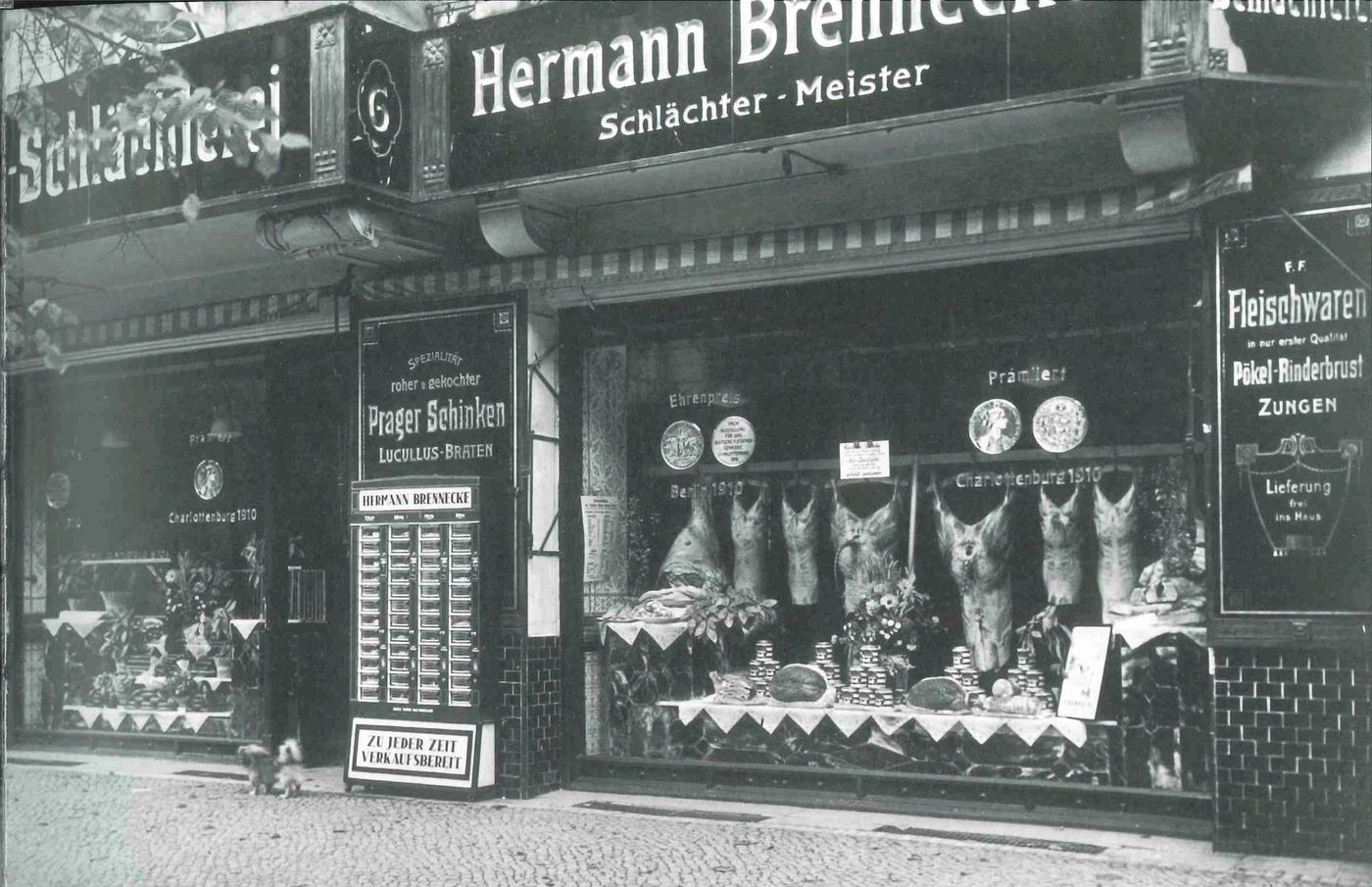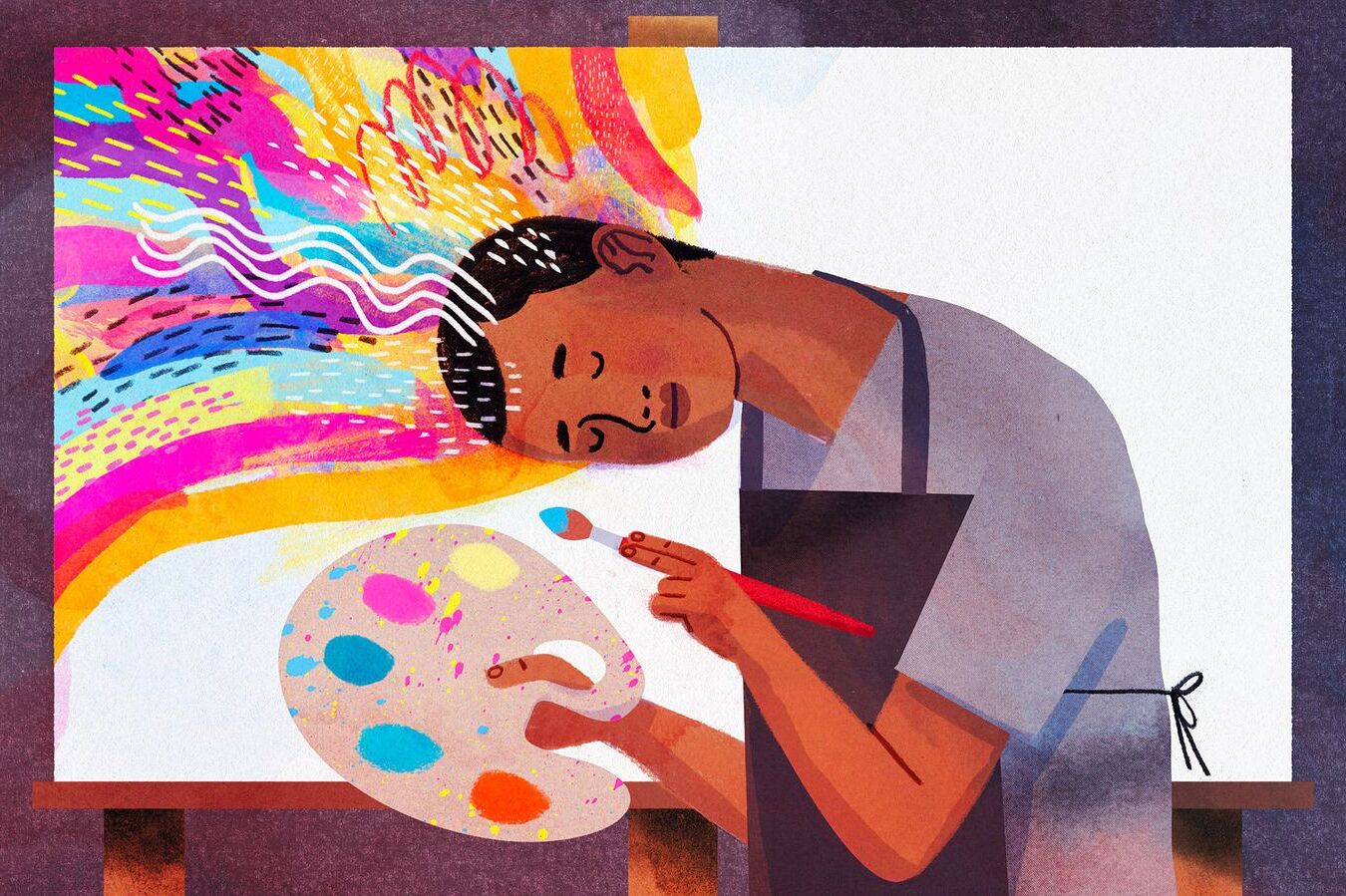
Berlin in the 1930s was a city of contrasts, marked by cultural vibrancy and political turmoil. Did you know Berlin was a hub for avant-garde art and cinema during this decade? The city saw the rise of iconic filmmakers like Fritz Lang and influential artists such as George Grosz. At the same time, Berlin grappled with the rise of the Nazi regime, which dramatically altered its social and political landscape. Ever wondered how Berliners lived through these turbulent times? From bustling cabarets to oppressive political rallies, the city was a microcosm of change. Curious about the architectural marvels built during this era? Berlin's skyline began to transform, reflecting both modernist and totalitarian influences. Dive into these 37 intriguing facts to get a snapshot of life in Berlin during the 1930s.
Key Takeaways:
- Berlin in the 1930s was a city of contrasts, with a booming population, vibrant culture, and significant political changes, including the rise of the Nazi regime and the impact of the Great Depression.
- Despite the challenges of the era, Berlin in the 1930s was a hub of cultural and intellectual activity, with notable figures, technological innovations, and a complex legacy that shaped the city's history.
Berlin's Population Boom
Berlin in the 1930s was a city of contrasts, experiencing rapid growth and significant political changes. Here are some fascinating facts about this dynamic period.
-
Berlin's population in the early 1930s was around 4.3 million, making it the third-largest city in the world after New York and London.
-
The city was a melting pot of cultures, with a significant number of immigrants from Eastern Europe, particularly Jews fleeing persecution.
-
Berlin had a vibrant nightlife, with over 900 bars and clubs, many of which were known for their cabaret performances.
Political Climate
The political landscape of Berlin during the 1930s was tumultuous and transformative, marked by the rise of the Nazi Party.
-
In 1933, Adolf Hitler was appointed Chancellor of Germany, marking the beginning of the Nazi regime.
-
The Reichstag Fire in February 1933 was a pivotal event that led to the suspension of civil liberties and the establishment of a totalitarian state.
-
The Nuremberg Laws, enacted in 1935, stripped Jews of their citizenship and laid the groundwork for the Holocaust.
Cultural Flourish
Despite the oppressive political environment, Berlin remained a hub of cultural and intellectual activity.
-
The Bauhaus school of design, which had a significant influence on modern architecture and art, was based in Berlin until it was closed by the Nazis in 1933.
-
Berlin was home to many famous artists and intellectuals, including Albert Einstein, who lived in the city until 1933.
-
The city had a thriving film industry, with the legendary UFA studios producing many classic films of the era.
Economic Challenges
The 1930s were also a time of economic hardship for many Berliners, exacerbated by the global Great Depression.
-
Unemployment rates soared, with nearly 30% of the workforce jobless at the height of the Depression.
-
The Nazi regime implemented public works programs, such as the construction of the Autobahn, to reduce unemployment and stimulate the economy.
-
Despite these efforts, many Berliners struggled with poverty and food shortages throughout the decade.
Social Changes
Berlin's social fabric underwent significant changes during the 1930s, influenced by both the political climate and economic conditions.
-
The Nazi regime promoted traditional gender roles, encouraging women to leave the workforce and focus on homemaking and motherhood.
-
The Hitler Youth and League of German Girls were established to indoctrinate young people with Nazi ideology.
-
Anti-Semitic propaganda and policies led to the marginalization and persecution of Berlin's Jewish community.
Architectural Developments
Berlin's architecture in the 1930s reflected both the city's rich history and the ambitions of the Nazi regime.
-
The Olympic Stadium, built for the 1936 Summer Olympics, was a showcase of Nazi architecture and propaganda.
-
Many historic buildings, such as the Reichstag and Brandenburg Gate, were preserved and restored during this period.
-
The Nazis had grand plans for Berlin, envisioning it as the "World Capital Germania," but many of these projects were never realized due to the outbreak of World War II.
Transportation Advancements
Berlin's transportation network saw significant advancements during the 1930s, improving connectivity within the city and beyond.
-
The Berlin U-Bahn (subway) system expanded, with several new lines and stations opening throughout the decade.
-
The city also saw the introduction of trolleybuses, which complemented the existing tram and bus networks.
-
Berlin's Tempelhof Airport, one of the world's oldest commercial airports, was modernized and expanded during the 1930s.
Sports and Recreation
Sports and recreational activities played an important role in Berlin's social life during the 1930s.
-
The 1936 Summer Olympics, held in Berlin, were a major international event and a propaganda tool for the Nazi regime.
-
Berlin's sports clubs, such as Hertha BSC and Tennis Borussia Berlin, were popular among residents and competed in national leagues.
-
The city's parks and green spaces, including the famous Tiergarten, provided residents with opportunities for leisure and relaxation.
Education and Science
Berlin was a center of education and scientific research, attracting scholars and students from around the world.
-
The Humboldt University of Berlin was one of the leading universities in Europe, known for its contributions to various fields of study.
-
The Kaiser Wilhelm Society, based in Berlin, was a prominent research organization that supported groundbreaking scientific work.
-
Despite the Nazi regime's censorship and persecution of certain scholars, Berlin remained a hub of intellectual activity.
Daily Life
Daily life in Berlin during the 1930s was shaped by the city's dynamic environment and the broader political and economic context.
-
Berliners enjoyed a variety of entertainment options, including theaters, cinemas, and concert halls.
-
The city's cafes and restaurants were popular gathering places for socializing and discussing current events.
-
Despite the challenges of the era, Berliners maintained a strong sense of community and resilience.
Notable Figures
Several notable figures lived in or were associated with Berlin during the 1930s, leaving a lasting impact on the city's history.
-
Marlene Dietrich, the famous actress and singer, was born in Berlin and became an international star during this period.
-
Bertolt Brecht, the influential playwright and poet, lived in Berlin and produced many of his most famous works there.
-
Leni Riefenstahl, the filmmaker known for her propaganda films, was closely associated with the Nazi regime and produced several films in Berlin.
Technological Innovations
Berlin was a center of technological innovation during the 1930s, contributing to advancements in various fields.
-
The city was home to several major companies, including Siemens and AEG, which were leaders in electrical engineering and manufacturing.
-
Berlin's radio industry flourished, with the city hosting the annual International Radio Exhibition, one of the largest trade fairs of its kind.
-
The development of television technology saw significant progress in Berlin, with the first public television broadcasts taking place in the city in 1935.
Legacy of the 1930s
The legacy of Berlin in the 1930s is complex, reflecting both the city's cultural achievements and the dark shadow of the Nazi regime.
- The events and developments of this decade had a profound impact on Berlin's history, shaping the city's identity and influencing its future trajectory.
Berlin's 1930s Legacy
Berlin in the 1930s was a city of contrasts. It was a time of cultural brilliance and political turmoil. The Weimar Republic saw Berlin as a hub for art, music, and theater, while the rise of the Nazi regime brought darkness and oppression. The Olympic Games of 1936 showcased Berlin to the world, but behind the scenes, persecution and propaganda were rampant.
Understanding Berlin's 1930s history helps us appreciate the city's resilience and transformation. From the vibrant nightlife of the Cabaret scene to the harrowing events of Kristallnacht, Berlin's past is a testament to both human creativity and the consequences of totalitarianism.
Today, Berlin stands as a symbol of rebirth and unity, reminding us of the importance of freedom and diversity. The lessons from this era remain relevant, urging us to cherish and protect our democratic values.
Frequently Asked Questions
Was this page helpful?
Our commitment to delivering trustworthy and engaging content is at the heart of what we do. Each fact on our site is contributed by real users like you, bringing a wealth of diverse insights and information. To ensure the highest standards of accuracy and reliability, our dedicated editors meticulously review each submission. This process guarantees that the facts we share are not only fascinating but also credible. Trust in our commitment to quality and authenticity as you explore and learn with us.


